FRAGRANCE the Passion
A fragrance is a sensory experience.
There are no words to describe this encounter and the experience is individual or personal. It is just feeling, sensing.
We perceive smell through the nose, our olfactory system. This system is an extension of our brain, the villi, minute tentacle like elements, constantly monitor odours which are drawn into our nasal cavity. They are part of our brain which literally hang in the air. They translate chemosensory stimulants into perception.
Every fragrance created is a journey and an adventure into the memory or the unknown. They are a pathway to one’s own emotion.
Fragrance, perfume, odour will provide two primary responses; evoke or provoke.
We may interpret these as like or dislike but caution should be applied as novelty is often at first disliked. Humans are creatures of habit. Disturbance to habit comes by fashion, later becoming trend and then acceptance.
The fashion of fragrance is to intrigue. The nose is curious always looking for novelty, appreciation comes later. Once intrigued a good fragrance should by its components continue to provide curiosity which to the nose is satisfying and eventually pleasurable.
Pleasure is a basic way of reinforcing the human immune system and so fragrance is associated with well being, comfort, ease and relaxation; the much sought after, in the 21st century, homeostasis or equilibrium.
Taste is often confused with smell or aroma. Most ‘taste’, most nuance of flavour is actually a function of the olfactory system. Smells go from our mouth retrospectively to our nose. These provide ‘taste’ and wine sampling or tasting is an example of the nose in action.
Emotion is in itself a power or force. It is also chemistry. Smell can therefore have physical effects. The classic example is that when food is smelled certain acids are stimulated in the stomach – a learned response. In other words responses can be taught and in a buying situation a decision will be made primarily on fragrance and its impact request renewal.
The Brief
From the point of view of the perfumer a clear brief is required. The Customer or client should endeavour to explain many features concerning the desired effect and the end result to be achieved. Other helpful questions need to answered concerning the profile of the user and the application of the fragrance. At the same time the manufacturer of the perfume which may not be the perfumers company or even be in the same country will want to know volumes expected and a maximum price or inclusion rate expected.
The brief is all important. As with any creation or design there can be developments but creation is an expensive and time consuming process. Once agreed, changes to the brief are disconcerting and unhelpful. Providing a full brief is no simple job and requires time and thought and may require more than one meeting.
If the product is to go into a variety of forms this should be clearly stated at the outset as more than one version of the fragrance may need to be produced.
Wherever possible a sample of the base of the product should be provided otherwise the House is simply working in the dark as to the effect the base may have on the fragrance. It is simply putting the cart before the horse.
This applies to most custom designed products and especially so with products which may be evaluated by sensory perception.
Evaluation
In perfume Houses the Evaluator is a significant and trained person. The Evaluation will encompass the brief and the viability to the House of the project. The Evaluator will decide which perfumer or group is best qualified to meet the brief. The evaluator assigns the project.
If a match has been requested or something similar to an existing fragrance then an analysis can be undertaken by chromatography or mass spectrometry. But this will only reveal the chemical analysis. If the fragrance is not complex and cheap, as for a disinfectant the analysis may well suffice. Once a combination of naturals is used the matter becomes more complex. An essential oil will contain hundreds of constituents once blended with just one other essence the mix becomes untraceable. Whilst the technology can detect a single essence or absolute, in combination it cannot. This requires the expertise and the guesswork of first the evaluator who will add opinion to the brief and then pass to the perfumer for creation.
A code or name may be assigned to the creation but names influence perception so any name should either be neutral or relate to the Brief. Names should not influence evaluation.
After this, time will be needed and the work cannot be rushed as it is involves trial and error.
Once satisfied the perfumer must now pass his work to the laboratory for a variety of tests to be applied concerning safety, reproducibility and pricing. This adds more time.
The Client
Below is a document culled from the site of Belle-Aire a US company from near Chicago. It charts the way most companies would like clients to work. The italicised phrases are my highlights. The spelling is US.
Fragrance Evaluating & Matching
‘Whether it’s learning the scent of a new perfumery raw material or choosing the appropriate sample to send to a customer, we have found that using the proper procedures for fragrance evaluation can make or break the selection of the “best fragrance for the product.”
In the paragraphs to follow we have summarized various points of fragrance evaluation and the reasons behind them, in order for you to better understand the different ways to evaluate both fragrance oils and finished products.
Our first example illustrates the correct way to evaluate a sample of fragrance oil submitted from a fragrance house.
A fragrance oil or compound consists of combinations of many aromatic ingredients, sometimes upwards of 50-100 or in naturals many more. Typically, the fragranceis composed of three different sets of “notes” that are defined by their volatility. These are known as the fragrance top notes, the middle notes and the base or dry-down notes. When smelling a fragrance directly from the bottle you will predominately perceive only the top notes of the scent.
This is why it is important to use a fragrance blotter, made specifically for the purpose of evaluating fragrances. The tip of the blotter should be dipped into about ¼ inch of the oil. By immediately sniffing the scent from the blotter the most volatile “top notes” will dominate the odor. Within minutes or even less, the top notes will begin to evaporate. After this occurs, the middle notes of the fragrance will make their debut. This transition is not sudden, but more like an unfolding of the next layer as each note or combination of notes becomes apparent.
Finally, after about 15 minutes for an extremely volatile scent, up to an hour for a more residual scent, the base notes or dry-down will begin to emerge. This drying down can last for an hour, a week, or evenmonths, depending on the characteristic notes of the scent. Occasionally these notesare referred to as “fixatives”.In most cases the base notes are remarkably different from the “first whiff” impression right out of the bottle and can dramatically alter the overall fragrance performance in the finished product.
It is important to remember that all ingredients in a fragrance work together and have been artistically combined to create the final scent.
Sometimes the base product can make an accurate evaluation difficult to achieve. Competing base odors, low levels of fragrance in the product, reactions that have occurred between base ingredients and the fragrance, the age of the product or other factors can all affect the way the fragrance appears to smell to the product user.
When we are evaluating fragrance matches for our customers by odor only, sometimes the top notes gives us the impression that the fragrance is right on, but as the fragrance changes from middle notes and then to the base notes, the scent can become either remarkably different or remain very close. Through the process of elimination at various stages of odor evaluation the perfumer can eventually find a scent that is similar throughout the fragrance cycle. This selection will then most likely perform the same or similar in the product as the target fragrance.
When there is no fragrance oil available, there are several ways that a somewhat more accurate picture of the fragrance can be obtained from a finished product than by merely smelling it out the bottle. We depend on the following techniques and would like to share them with you at this point. This will enable you, the customer to perform in-house testing to see if an in-stock fragrance would be appropriate.
Dilute the target product (such as a shampoo or detergent) in hot water and evaluate the fragrance from the resulting vapor. Sometimes fragrance volatility can be increased over the base in this way and give a clearer picture of the fragrance odor. Unfortunately the top notes would still dominate this evaluation.
Wipe the product over a large surface area and evaluate from this. This will increase the amount of fragrance evaporating and perhaps offer a better impression of its character.
Place a small amount of the product on the back of your hand and spread it around. By smelling the area from time to time you may be able to determine the way the fragrance changes and therefore identify more materials in the fragrance as middle and dry-down notes. You can also compare products by repeating this procedure on your other hand.
Spray the diluted product into the air. Aerosolizing tends to give an overall impression of the fragrance without any part dominating the odor. Top, middle and base notes can be observed simultaneously.
Develop an “expert panel” of people that have demonstrated skill and interest in fragrance evaluation. Train them with the above techniques and the language of fragrance notes in order to arrive at any meaningful commonly described notes.
If appropriate, in addition to descriptive adjectives, comparisons to national brands that many people are familiar with can help type a fragrance quickly and accurately.
Discuss the impressions of the fragrance with other evaluators using common definitions. Sometimes shared dialogue can enlighten everyone and provide a more complete picture of the fragrance make-up.
If the fragrance is offered in a variety of forms as is likely in cosmetics, then evaluate the form that contains the most fragrance and the least competing base odors. For example, an alcoholic body spray would be easier to evaluate than a shampoo which would in turn, be easier to work with than a lotion that say contained lanolin and/or other materials with their own unique odors.
Try to develop a product base that is very similar to the competing product.
A fragrance can respond very differently in different mediums. Acidity or alkalinity or the pH of the product, quaternary materials, alcohols, proteins, surfactants, etc., etc. can add to, deplete, enhance, change or otherwise affect the overall odor. Even water can affect the fragrance!
Compare your final product with the competing product under actual use conditions. Test varying fragrance levels as this can very often affect the perception of the fragrance. Certain materials become much less pronounced at higher dilutions, while others can be perceived at very low levels. The balance of the fragrance then may be shifted and be perceived differently if the levels are not similar. Test both the concentrated product and the diluted forms.’
The Sample
The fragrance is a dynamic moving and if natura,l ‘living’ substance. It has been created to be what it will be as much as what the client receives on day one.
The fragrance even if wholly artificial will change over time. It is folly indeed to match a sample or compare a sample which is not from a recent batch. Over time colour may change and with it odour depending on the storage of the product.
The evaluator, and now I prefer to use the term tester if a client will also affect the fragrance. Skin type and monthly hormonal changes will affect the perception of the odour. Smokers should not be used to judge fragrance and neither should those with known allergic reactions or with known likes and dislikes. An open mind is required.
A sample may have been named and this should not be used as an arbiter of choice. The sample may bear a type name i.e. Chanel or similar this should not be taken as a comparative copy, it refers to genre as would say Green Mandarin which would just indicate a bittersweet citrus not meaning it was the citrus fruit. Names are misleading and testers should refer to code numbers without influence by name.
The matter of volatility has a bearing on the subject. Although blended it will be a matter of weeks before the full wholeness of the compound can be fully evaluated. Hence the need for trained noses to understand the nature of the fragrance and what it will mature to. However well mixed the compound takes time to mature to its final form.
If naturals are a significant feature of the product then the genetic composition and the conditions under which the plant source was grown will affect the aroma from year to year. Some constituents are fatiguing to the sense of smell such as the smell of violets and appear to be transient when they are not. Others are present in only the minutest quantity but dominate the aroma. An example is galbanum where a pyrazine molecule present at 0.1% is responsible for the whole green note. So cost cutting is not a good idea with natural fragrances and the source and reproducibility of the raw material is so very important.
Fragrancing is now required to be controlled and tested as never before. The palette of materials is constantly revised and changed in the light of EU and FDA regulatory affairs. However Perfumery remains an art. Some perfumers have talents in one direction and others a different way. Artists cannot be rushed! If a good fragrance is required then provide a good brief! If a fine fragrance is required allow time!

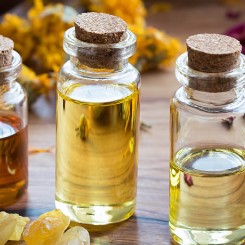 Essential Oils
Essential Oils
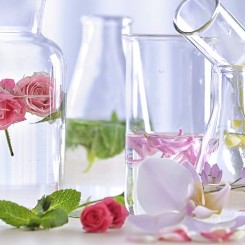 Hydrolats, Hydrosols, Floral Waters
Hydrolats, Hydrosols, Floral Waters
 Synergies
Synergies
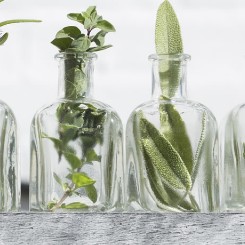 Herbal Oils
Herbal Oils
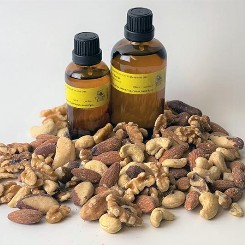 Vegetable Oils
Vegetable Oils
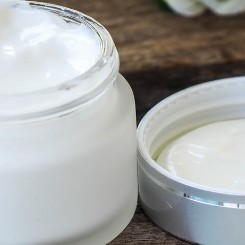 Bases
Bases
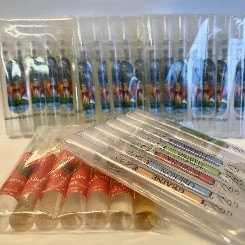 Books, Kits and Trial Packs
Books, Kits and Trial Packs
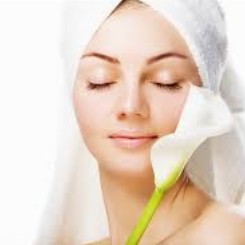 Skincare
Skincare
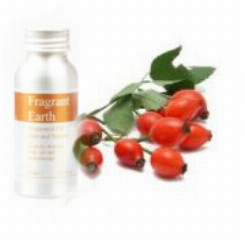 Body Care Oils
Body Care Oils
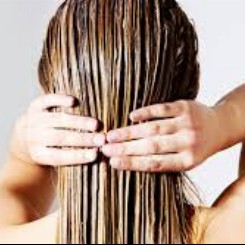 Hair Care
Hair Care
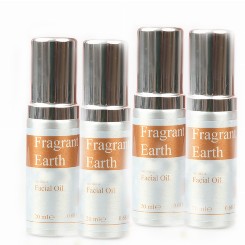 Facial Oils
Facial Oils
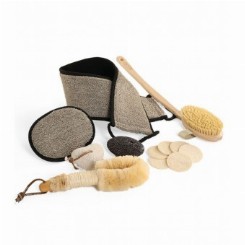 Eco Bath
Eco Bath
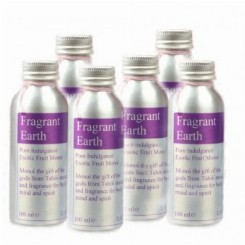 Pure Indulgence
Pure Indulgence
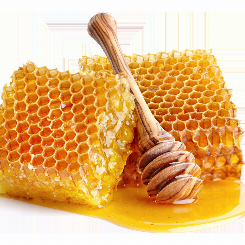 Honey, Beeswax & Propolis
Honey, Beeswax & Propolis
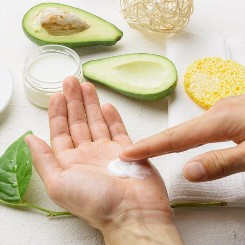 Handcream
Handcream
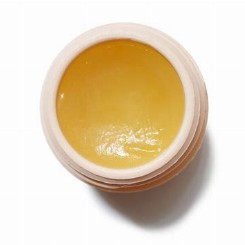 Balms, Salves & Ointments
Balms, Salves & Ointments
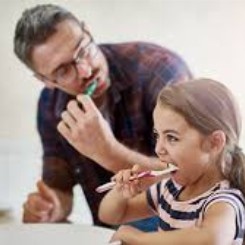 Oral Care
Oral Care
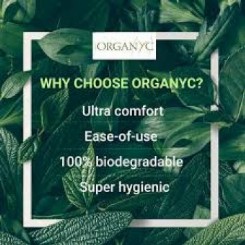 Feminine Hygiene
Feminine Hygiene
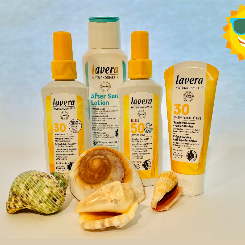 Sun Care
Sun Care
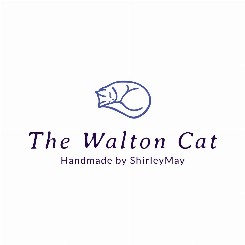 The Walton Cat
The Walton Cat
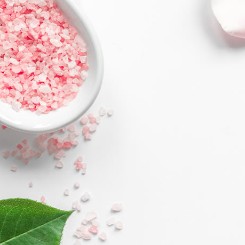 Bath Salts
Bath Salts
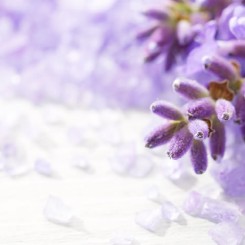 Somerset Lavender
Somerset Lavender
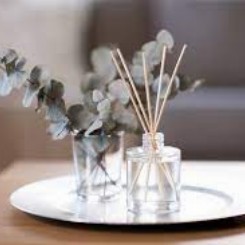 Diffusers
Diffusers
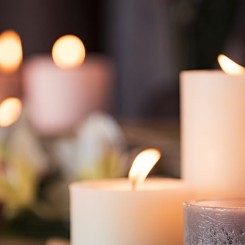 Candles
Candles
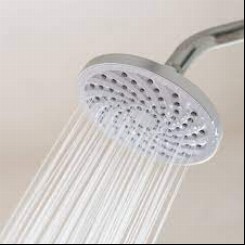 Shower Gel
Shower Gel
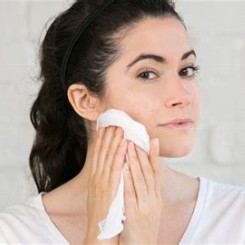 Soap
Soap
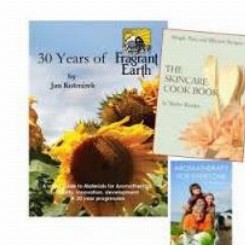 Books
Books
-245x-245x.jpg) Aromatic Waters
Aromatic Waters
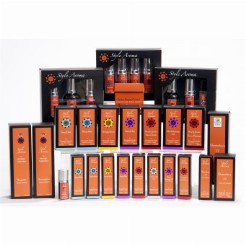 Style Aroma
Style Aroma
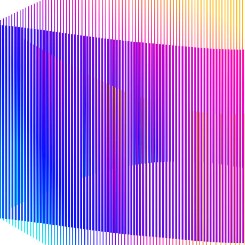 Synergy Blends
Synergy Blends
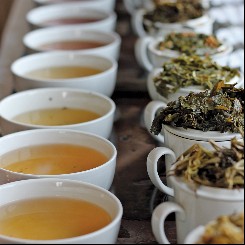 Miles Speciality Teas & Coffees
Miles Speciality Teas & Coffees
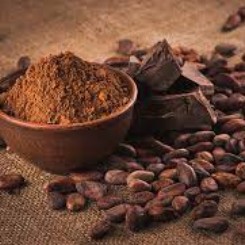 Chocolate one of life's passions
Chocolate one of life's passions